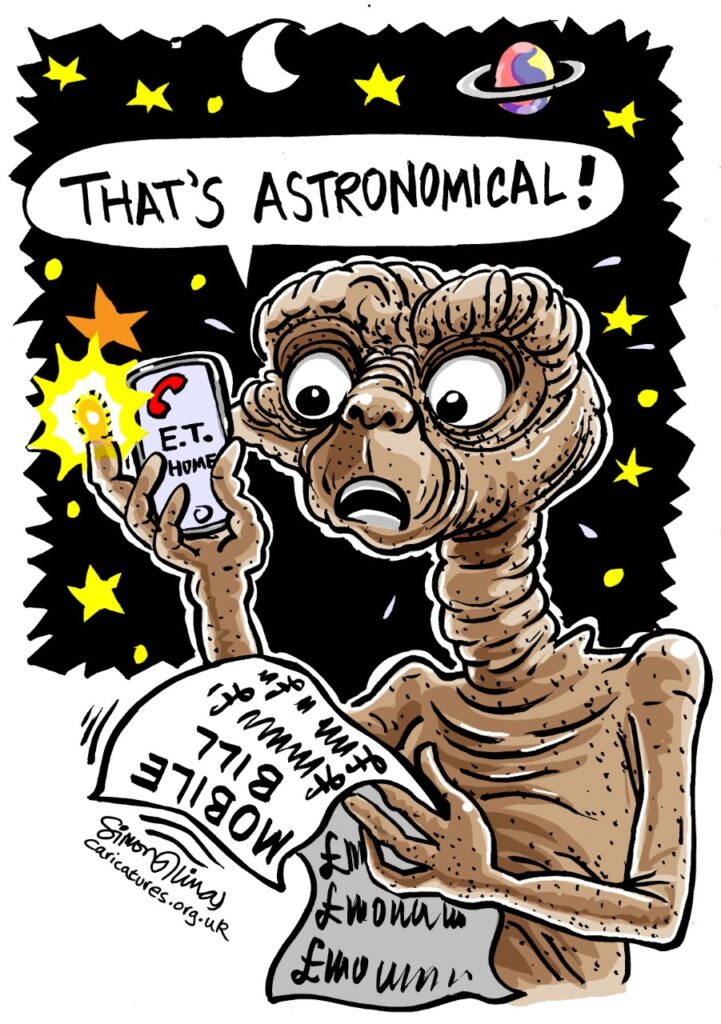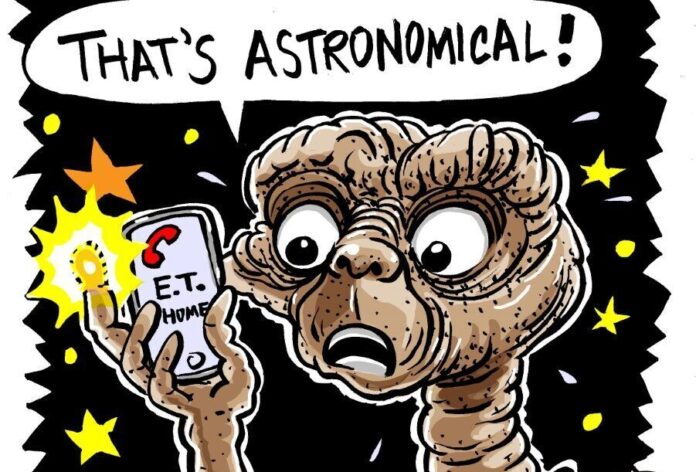Are there telcos in distant galaxies?
Fifty miles west of Socorro, New Mexico scientists are using a Very Large Array (VLA) to scour the universe for the universal signature emissions that only telecoms transmitters make, hoping to discover technically accomplished societies. According to The National Science Foundation’s Karl G. Jansky, the VLA is one of the world’s most powerful radio telescope and it’s being turned into a telecoms tool, collecting data that scientists will analyse for the type of emissions that only artificial transmitters make, signals that would betray the existence of a technically accomplished society. “The VLA is the go-to instrument for radio astronomers, but this is the first time we are using it in a wide-ranging and continuous search for technosignatures,” said Andrew Siemion, Bernard Oliver Chair for SETI at the SETI Institute.
The VLA has 27 antennas spread over 23 miles of desert. Since 2017, it has been engaged in a project known as VLASS (Very Large Array Sky Survey), a radio reconnaissance of 80% of the sky. As these observations took place, a tap on the signal distribution network shunts a copy of the data into a special receiver sporting very narrow, one hertz wide channels. Researchers expect that any signals from a deliberately constructed transmitter will contain such narrow-band components and their signal is not produced by nature, but by an alien transmitter.
The new processing system for SETI, is a Commensal Open-Source Multimode Interferometer Cluster, Cosmic, and is spearheaded by the SETI Institute, in collaboration with the National Radio Astronomy Observatory and the Breakthrough Listen Initiative. Cosmic works in the background (commensually) using a copy of the data astronomers take for other scientific purposes,” said Paul Demorest, Scientist and Group Lead for VLA/VLBA Science Support at the National Radio Astronomy Observatory. “This is an ideal efficient way to get large amounts of telescope time to search for rare signals.

This is the first time a vast range of transmissions, such as pulsed and transient signals, can be recognised. The range of frequencies to be monitored is unprecedented and around 10 million star systems will be examined. Since January 2023 signals from the Voyager 1 spacecraft have been detected by the COSMIC system to verify the operation of the individual antennas in the array. Combining their observations will produce a result that clearly shows the carrier and sidebands of the transmissions from the spacecraft. Voyager 1 is currently at a distance of about 15 billion miles and is the most distant human-made object.
“The detection of Voyager 1 is an exciting flash of the power of the Cosmic system,” said Jack Hickish, Founder of Real-Time Radio Systems Ltd. “It is the culmination of an enormous amount of work from an international team of scientists and engineers. The Cosmic system is a fantastic example of using modern general-purpose compute hardware to augment the capabilities of an existing telescope and serves as a testbed for techno-signatures research on upcoming radio telescopes such as NRAO’s next VLA.”
When combined with the exquisite sensitivity of the VLA, Cosmic is a thousand times more comprehensive than any previous SETI search. History shows that major improvements in the sensitivity and range of exploratory experiments are often rewarded with the detection of a signal. If so, this effort might see the uncovering of a radio whisper that would tell us that we’re not the only intelligent inhabitants of the Milky Way Galaxy.
Tony Beasley, Director of the NRAO said the pact with the SETI Institute has given them research instruments, private research institutes and members of the public personally committed to forefront science. “Now we can make important discoveries,” said Beasley.



